In the realm of gold mining, sodium cyanide has long been recognized as a crucial chemical in the extraction process. Its unique properties enable the efficient separation of gold from ore, making it an indispensable part of the modern gold mining industry.
The Chemistry Behind Gold Extraction with Sodium Cyanide
The process of using sodium cyanide to extract gold is based on a chemical reaction known as cyanidation. Gold, in its native form, often exists in low concentrations within ore deposits. Sodium cyanide reacts with gold in the presence of oxygen and water to form a soluble gold complex. The chemical equation for this reaction can be simplified as follows:
4Au + 8NaCN + O₂ + 2H₂O → 4Na[Au(CN)₂] + 4NaOH
This reaction effectively dissolves the gold, allowing it to be separated from the other components of the ore. The soluble gold-cyanide complex can then be further processed to recover the pure gold.
The Gold Mining Process Utilizing Sodium Cyanide
1.Ore Crushing and Grinding
Initially, the gold-bearing ore is mined from the earth. It is then transported to a processing plant, where it undergoes crushing and grinding. This reduces the ore to a fine powder, increasing the surface area of the gold particles and making them more accessible for the cyanidation process.
2.Cyanidation
The powdered ore is then mixed with a dilute solution of sodium cyanide. This mixture is typically agitated in large tanks to ensure good contact between the cyanide solution and the gold particles. The reaction between the gold and cyanide occurs over a period of time, usually several hours to days, depending on the nature of the ore.
3.Solid - Liquid Separation
After the cyanidation process, the mixture contains a slurry of solid waste (tailings) and a solution containing the gold-cyanide complex. Solid - liquid separation techniques, such as filtration or sedimentation, are used to separate the two. The solid tailings are typically disposed of in a secure manner, while the solution containing the gold is further processed.
4.Gold Recovery
There are several methods for recovering the gold from the gold-cyanide solution. One common method is called Merrill - Crowe process, which involves adding zinc dust to the solution. Zinc reacts with the gold-cyanide complex, precipitating the gold out of the solution in a solid form. Another method is electrowinning, where an electric current is passed through the solution, causing the gold to deposit on a cathode.
Advantages of Using Sodium Cyanide in Gold Mining
1.High Efficiency
Sodium cyanide has proven to be highly efficient in extracting gold from a wide variety of ores. It can effectively dissolve gold even when it is present in very low concentrations, which is common in many gold deposits. This high efficiency allows mining companies to extract more gold from their ore reserves, increasing their profitability.
2.Selectivity
Cyanide shows a high degree of selectivity towards gold. It reacts preferentially with gold over many other elements present in the ore, such as iron, copper, and sulfur. This selectivity simplifies the extraction process, as it reduces the amount of unwanted elements that need to be separated from the gold.
Environmental and Safety Concerns Associated with Sodium Cyanide
1.Toxicity
Sodium cyanide is extremely toxic. It can be lethal to humans and animals if ingested, inhaled, or absorbed through the skin. In the mining environment, proper safety measures must be in place to prevent exposure of workers to sodium cyanide. Additionally, any accidental release of sodium cyanide into the environment can have devastating effects on aquatic life and ecosystems.
2.Environmental Impact
The use of sodium cyanide in gold mining can pose significant environmental risks. Tailings from the mining process often contain residual cyanide, which can leach into the soil and water if not properly managed. This can contaminate groundwater sources and harm plant and animal life in the surrounding area. To mitigate these risks, mining companies are required to implement strict environmental management practices, such as proper tailings disposal and the use of cyanide - destroying technologies.
In conclusion, sodium cyanide plays a pivotal role in the gold mining industry. Its use in the extraction of gold has enabled the commercial exploitation of many low - grade gold deposits. However, the associated environmental and safety concerns cannot be overlooked. As the industry moves forward, there is a growing need for the development of alternative, more sustainable extraction methods. At the same time, continuous efforts must be made to improve the safety and environmental performance of the existing cyanide - based gold mining processes.
- Random article
- Popular articles
- Popular comments
- Lithium ore magnetic separation process
- Zirconium Ore Processing: Gravity Separation and Flotation
- Antimony Ore Hand Picking Process for Color Sorting
- Manganese Ore Separation: Gravity and Magnetic Methods
- Titanium Ore Processing: Magnetic Separation, Gravity Separation, Flotation
- Essential Guide to Tantalum-Niobium Ore Flotation Process
- Efficient Tantalum-Niobium Ore Separation: Gravity vs. Flotation




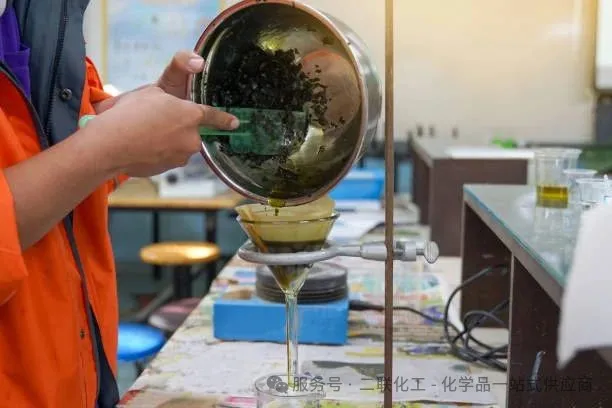


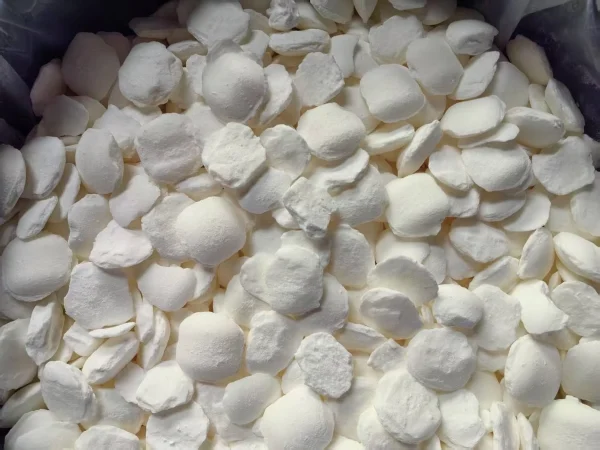
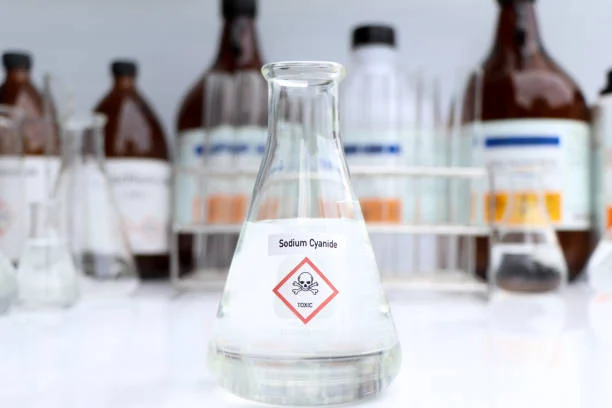
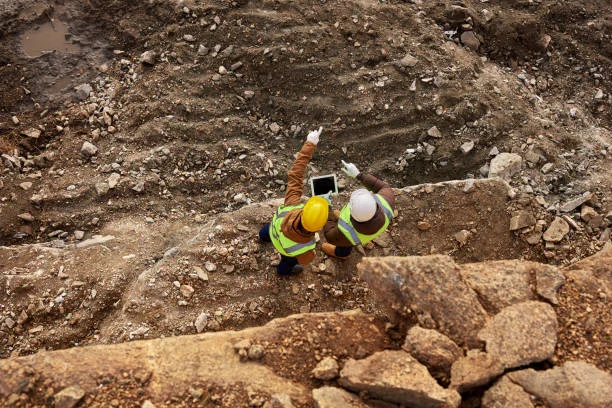
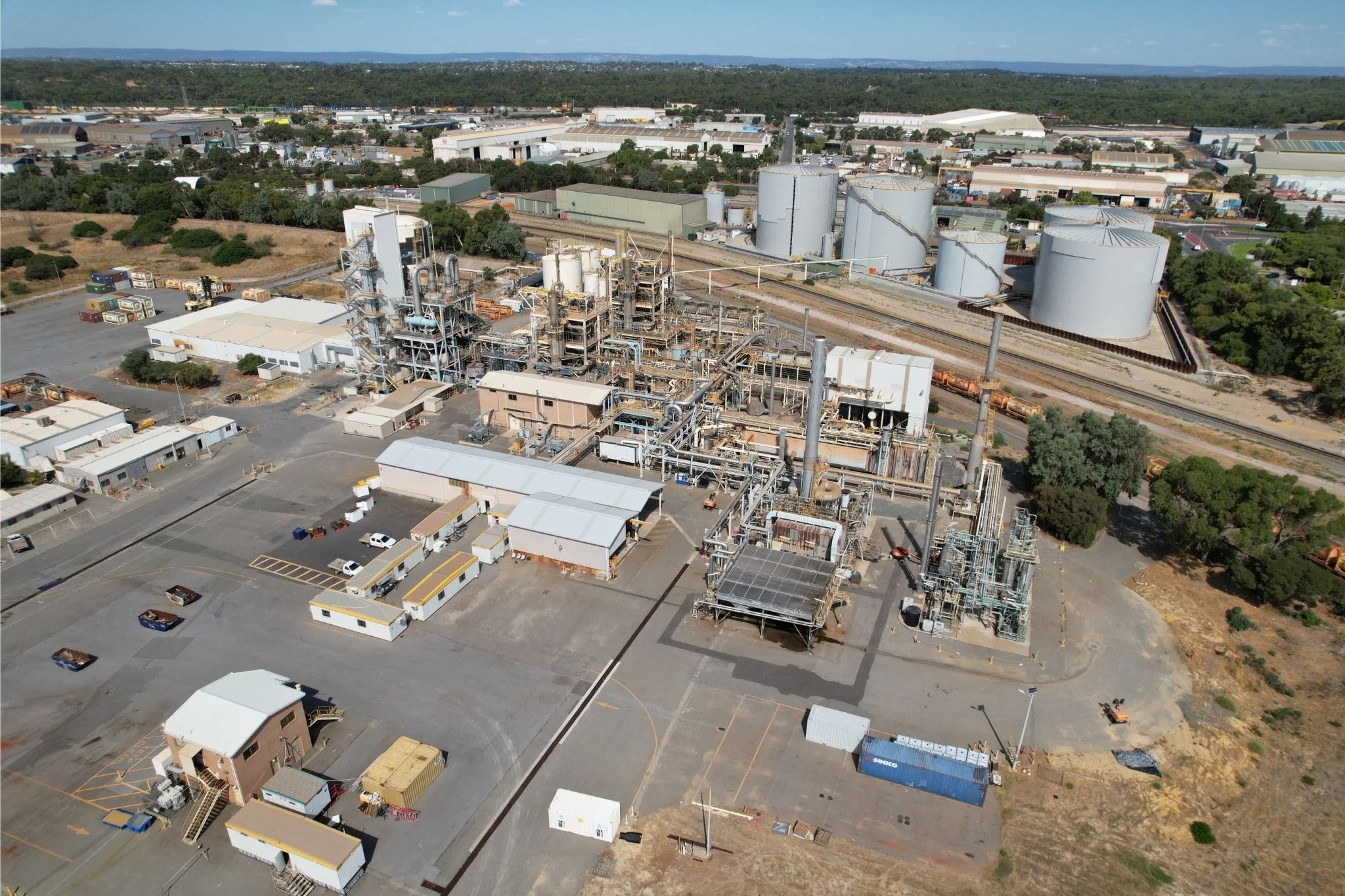
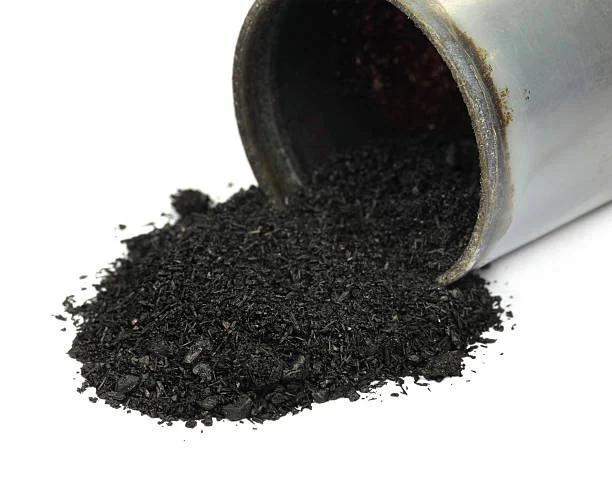

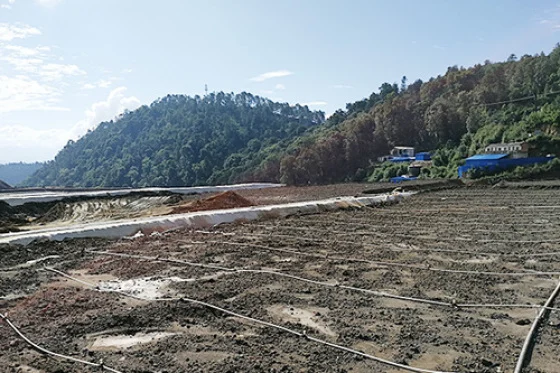
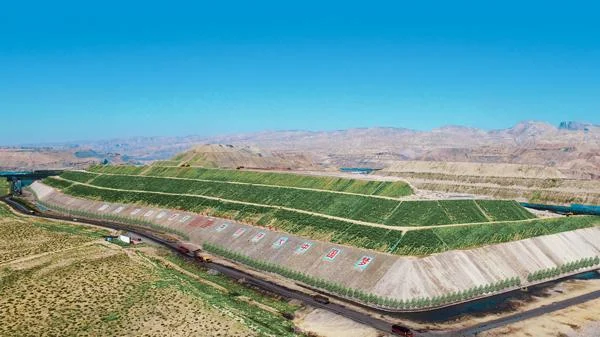

Leave a message with your needs or comments
Add comment: